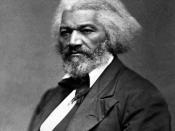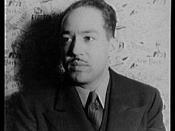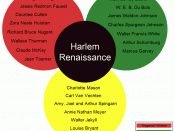Harlem Renaissance
Variously known as the New Negro movement, the New Negro Renaissance, and the Negro Renaissance, the movement emerged toward the end of World War I in 1918, blossomed in the mid- to late 1920s, and then faded in the mid-1930s. The Harlem Renaissance marked the first time that mainstream publishers and critics took African American literature seriously and that African American literature and arts attracted significant attention from the nation at large. Although it was primarily a literary movement, it was closely related to developments in African American music, theater, art, and politics.
BEGINNINGS
The Harlem Renaissance emerged amid social and intellectual upheaval in the African American community in the early 20th century. Several factors laid the groundwork for the movement. A small black middle class had developed by the turn of the century, fostered by increased education and employment opportunities following the American Civil War (1861-1865).
During a phenomenon known as the Great Migration, hundreds of thousands of black Americans moved from an economically depressed rural South to industrial cities of the North to take advantage of the employment opportunities created by World War I. As more and more educated and socially conscious blacks settled in New York's neighborhood of Harlem, it developed into the political and cultural center of black America. Equally important, during the 1910s a new political agenda advocating racial equality arose in the African American community, particularly in its growing middle class. Championing the agenda were black historian and sociologist W. E. B. Du Bois and the National Association for the Advancement of Colored People (NAACP), which was founded in 1909 to advance the rights of blacks. This agenda was also reflected in the efforts of Jamaican-born black nationalist Marcus Garvey, whose Back to Africa movement inspired racial pride among working-class blacks...



The Original
this is straight from Encarta 2004
2 out of 2 people found this comment useful.